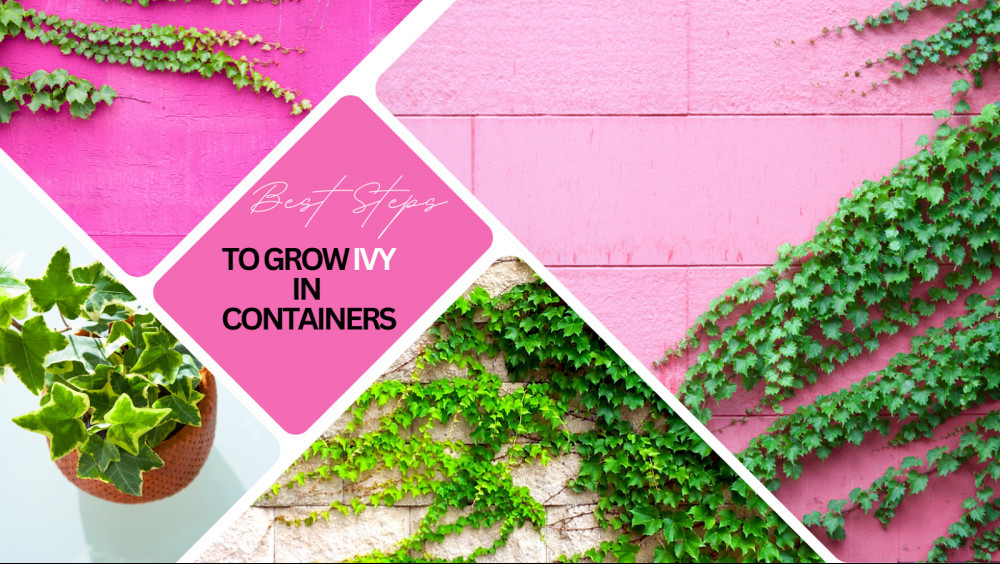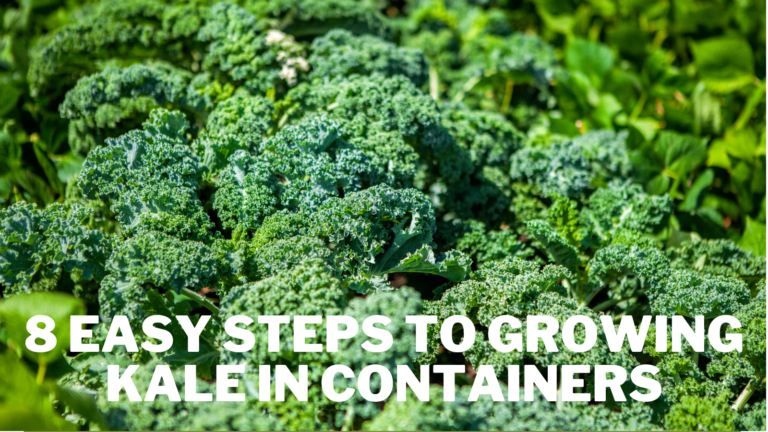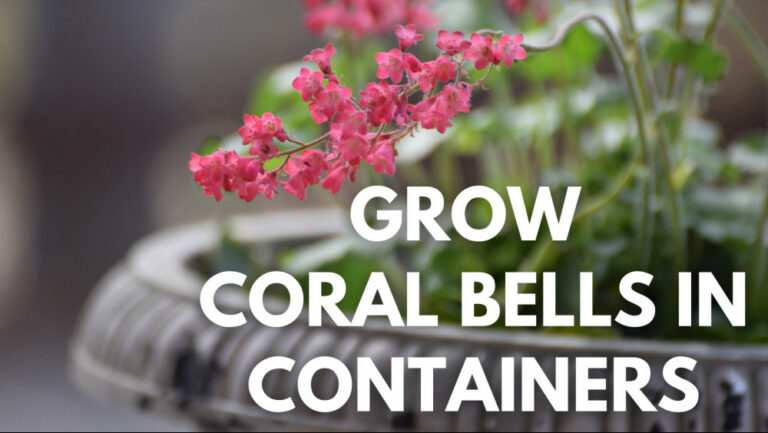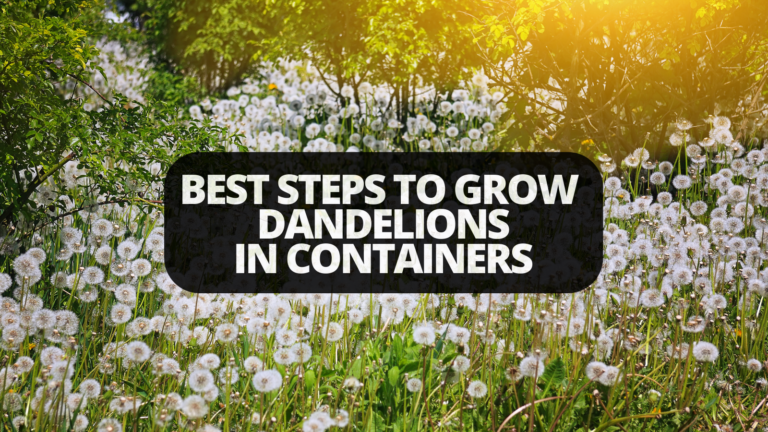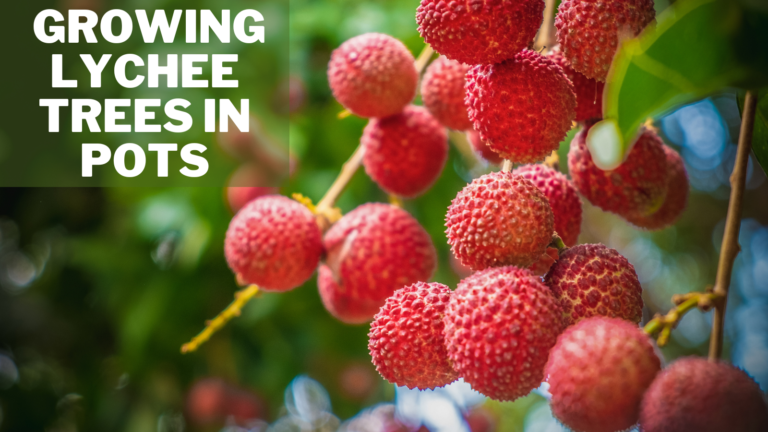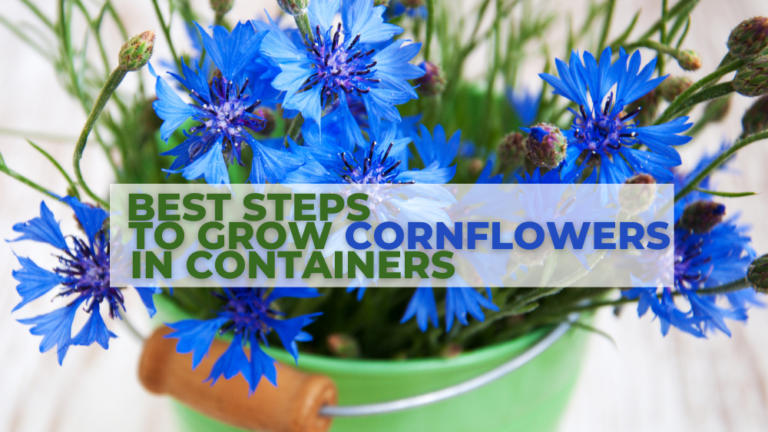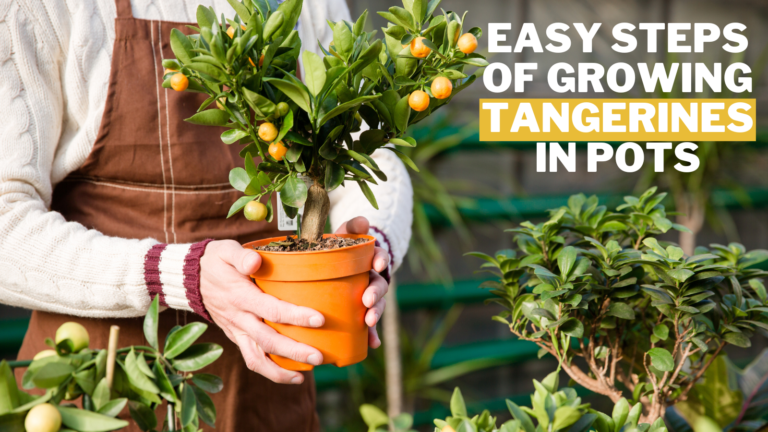Best Steps To Grow Ivy In Containers
Best Steps To Grow Ivy In Containers
The adaptable houseplant known as English Ivy (Hedera helix) can be grown in various environments.
Ivies can cultivate in pots, hanging baskets, and the bases of other houseplants. Ivy is frequently shaped into formal or amusing shapes using trellis frames or wire-topiary forms.
While most ivies can grow to practically any size when kept as houseplants, you can easily keep them clipped to almost any size you wish.
The small-leafed, slowly-growing varieties are simpler to care for in a compact container.
In this blog post, we'll learn how to grow ivy in containers and how to make the most of them. Ivy is a wonderful plant that creates a beautiful green mural when it grows up walls or fences.
They are ideal for covering several vertical surfaces, such as plain walls and fences, which may update without ever needing to be painted again.
Ivy is a self-clinging climber that quickly disperses through the aerial roots it creates. Once the plant has taken root, these roots will easily attach to brick walls and won't need any support structures. An individual plant that clings.
As new plants grow when the roots touch the ground and those of other plants, the sources also make it a perfect ground cover.
Therefore, they may develop extremely quickly and to extensive lengths unless you are willing to control them.
Growing them in containers is one method to achieve this, as the plant has the propensity to be invasive in gardens.
History & Origin Of Ivy
Ivy has a colourful past rich with folklore and tradition. The Greeks and Romans highly regarded the herb.
Due to its tendency to attach, it symbolizes devotion, love, and fertility in many civilizations. It is frequently viewed as a defence against evil forces.
This plant has symbolic meaning in both pagan and Christian cultures. Roman poets adorned an ivy wreath to promote clear thinking and originality.
Virgil mentioned that the gold ivy had yellow fruit, which is now gone. In Greece, ivy crowns were worn by the bride and groom as a symbol of loyalty.
The god of alcohol or intoxication, the plant Bacchus, honours Ivy. It is thought that a few bruised ivy leaves boiled in wine will prevent the drinker from becoming intoxicated.
The God of the sun, good health, and agriculture were Osiris. Isis, the moon goddess, and he were wed. He had a god of the desert brother named Seth, who was envious of him.
Seth despised Osiris because his realm was lush and fruitful while dry and desolate. Seth lured Osiris into a sarcophagus and imprisoned him inside before tossing the container into the Nile.
The ancient Egyptians thought their spirits would not enter the afterlife unless a physical corpse was prepared and buried.
She was delighted when the sarcophagus was discovered floating in a bay and returned to Isis.
Seth was so furious that he seized his brother's body, dismembered it into 14, and then concealed the pieces all across Egypt.
Isis found every piece of Osiris's body except for his genitalia, which was never found, and gave everything else to his mother, who had raised him from the dead.
Ivy came to represent Osiris for two reasons: he was made into the underworld's god. One was due to the problem with infertility, and the other was because he was immortal.
Pagan women carried Ivy to increase conception. Ivy was also believed to ensure the loyalty of one's loved ones and to bring the carrier good fortune. Ivy-decorate or ivy-wood-made wands were employed in nature magic and fertility rites.
People were said to be protected from bad spirits by Ivy. Ivy grows on the exterior of many antique churches. Families often plant Ivy outside to shield their homes from natural or spiritual evil.
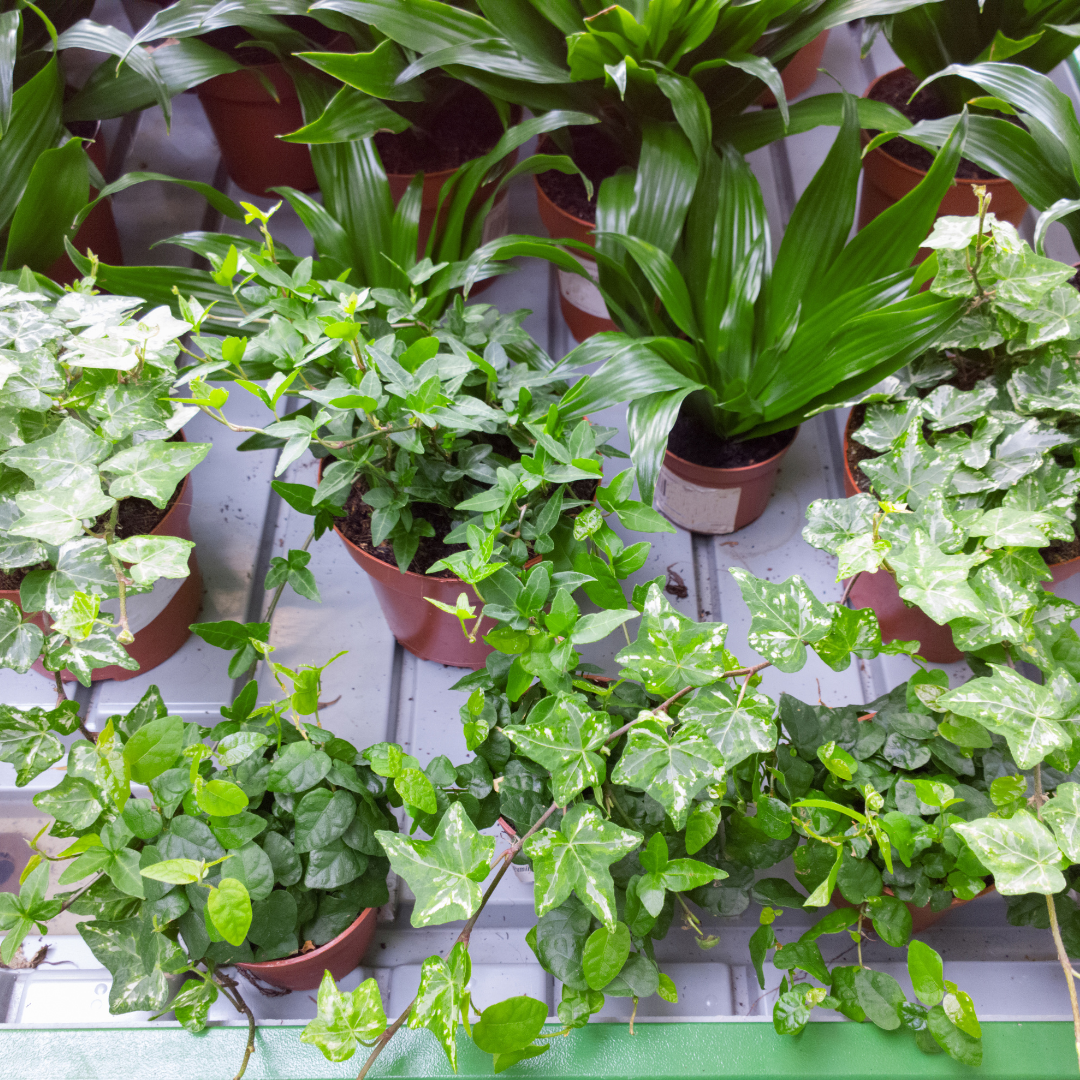
Types Of Ivy
Ivy is a climbing vine that clings to dead or living trees and surfaces such as stone, brick, and concrete.
Small tendrils that extend from the vine help it climb. Each tendril on the vine has the potential to grow into a separate branch. Ivy quickly wraps around a wall and grows up to the top of it.
Brick walls won't likely harm it; it might shield them from weather and moisture; nonetheless, it will be intrusive to windows and roofing.
Typically, the leaves have three lobes and a heart-shaped bottom. The glossy leaves might be green, variegated green, white, or cream.
Despite having the ability to lose its leaves in the winter and regrow them in the spring, this plant is nonetheless regarded as evergreen.
Many home gardeners grow different varieties of Ivy. This is primarily due to how simple it is to grow the ivy plant.
They can survive in a lot of shade and don't have any specific soil needs. Gardeners will find it even simpler to put Ivy below big trees.
1. English Ivy
The recognizable Ivy we see growing on walls and as ground cover outside is called English ivy or Hedera helix. It is a prolific grower and climber with vines that can grow up to 100 feet long if left unchecked.
Check with your local extension office to be sure it's okay to plant this species outside where you live because English Ivy can be so rampant that it is occasionally placed on invasive species listings.
2. Swedish Ivy
Despite sharing a common name with English ivy and other ivies in the Hedera genus, Swedish ivy, also known as Swedish begonia and creeping Charlie, is unrelated to those plants. Instead, Australia and Africa were the originating continents of this trailing vine.
Variegated Swedish ivy has green leaves and green leaves with white margins. Place your Swedish Ivy in bright, indirect light and keep it out of direct sunlight.
Allow the soil to dry completely before watering. To avoid the plant quickly outgrowing its container, fertilize it only occasionally.
Simply clip off the tip cuttings and root them to create a new plant if the plant is lanky or potbound.
3. Glacier Ivy
Glacier ivy (Hedera helix ‘Glacier') is one of the many variegated English ivies grown for indoor culture.
Additionally, it can be planted outside as a ground cover, where the green and cream hues can serve as a backdrop for colourful flowers and plants.
Although it may tolerate some outside shade, this plant needs at least six hours of direct sunlight daily to thrive.
4. Needlepoint Ivy
The name “needlepoint” comes from the three to five lobes on the leaves of this variety of English ivy (Hedera helix) that taper into long, thin points.
Its unusual leaf form gives variety to a planting arrangement with many other plants because of how open and angular it feels to the eye.
It also makes a really lovely trailing plant or hanging basket. This hardy, moderately drought-tolerant plant can also be grown outdoors as a ground cover or as a climbing vine next to a wall, fence, or trellis.
5. Boston Ivy
The most typical ivy species is an evergreen that keeps its vivid colour all year. But Boston ivy, or Parthenocissus tricuspidata, is special.
Seasonal colour changes cause this hardy climber to change from dark green to yellow, orange, and red before turning deep crimson in the fall. It is a prized ornamental plant for gardens and open spaces like university campuses.
6. Algerian Ivy
Algerian Ivy (Hedera caneriensis or Hedera algeriensis), a native of North Africa and the Canary Islands, thrives outside in warm climes.
Usually, the leaves of this species are solid green. However, there are also variegated varieties, such as “Gloire de Marengo” (H. canareniensis Variegata), with dark and light green splotches on its leaves with creamy white borders.
Algerian Ivy (Hedera caneriensis or Hedera algeriensis), a native of North Africa and the Canary Islands, thrives outside in warm climes. Usually, the leaves of this species are solid green.
However, there are also variegated varieties, such as “Gloire de Marengo” (H. canareniensis Variegata), with dark and light green splotches on its leaves with creamy white borders.
7. Irish Ivy
Irish Ivy, also known as Hedera hibernica, is an aggressive outdoor garden growth that some regions consider invasive.
It should carefully plant outside and frequently cut back as a result. Although Irish and English Ivies have extremely similar appearances, Irish Ivy has larger leaves and lighter green veins than white ones.
When crushed, the leaves also smell sweeter than those of English ivy.
Grow Ivy In Containers
A traditional vine with both formal and informal appeal is English ivy. It appears grand when allowed to climb up a brick wall or iron fence; when it sprawls over a shuttered window or a narrow stone path, it gives off a cozy, cottage-like vibe. But since it spreads so quickly, it can become invasive.
You can manage the look and feel by growing it in a pot. Choose a long, shallow-growth container instead of a short, deep one. Since English ivy is a vine, it will either grow up anything in its path or flow over the edges of the container.
Choose The Right Container
Pick the appropriate-sized pot. Make sure the new pot has a diameter 2 to 4 inches larger than the pot or container it is currently in.
Ensure the pot has a drainage hole at the bottom for water flow. It can take some time for the leaves to sprout new leaves if the pot is more than 4 inches larger than the present one because the roots will first expand to fill the pot.
Before putting your ivy in this pot, wash it with warm water and light soap.
Soil
All ivy kinds will benefit from moist but well-drained soil, despite their tolerance for a wide range of soil types, including clay. Wet or perpetually moist soils present a challenge.
On a scale of 1 to 14, with 7 denoting neutrality, soil pH measures the alkalinity or acidity of the soil. Any reading below 7 denotes acidic soil conditions, whereas any above 7 denotes alkaline soil conditions.
Ivy thrives best in soils with a pH between 5.5 and 6.5. Most typical garden soils have a pH between 6.0 and 7.0. It's a good idea to test the soil pH in the planting area if you need clarification on the pH of your soil or whether it's suited for growing ivy.
With a cheap soil pH tester probe, you can test the pH of the soil fast. You can amend the soil by adding pelletized limestone to increase the pH (alkalinity).
Apply soil sulphur, aluminum sulphate, or chelated iron to reduce pH (create more acid). Increased acidity and the maintenance of acidic soil conditions can also be achieved by adding organic compost or utilizing compost as mulch.
Sunlight
In partial to full shade, all ivy kinds will thrive. Some people can stand the sun. Most plant species that need shade can survive early sun or filtered sunlight all day. In your home, put the pot in a partially sunny area.
Like all plants, ivy requires light to survive, yet it cannot stand direct sunlight. Ivy should only receive six hours of direct sunlight or shade per day. Ivy is sensitive.
Ensure to prevent the soil from drying out too much if your ivy plants are in a full sun area for a portion of the day.
Watering
Your newly planted ivy needs water. Put the pot in a drainage tray and give it a good rinse. Water the plant well when the bottom of the pot begins to seem wet.
You can buy plastic drainage trays that sell potting soil, including most garden centers. If your ivy needs it, water it. Do this when the soil seems dry or roughly every two days.
Your plant may get root rot if you water it more frequently than that or before the soil dries out.
Fertilizer
Every 14 days, fertilize your ivy. Ivy plants can be fed with several different kinds of indoor plant food. Make sure to read the instructions before using any purchased plant food.
Make sure not to feed your ivy sparingly. In addition to causing leaf mould, overfeeding can also cause root rot.
Propagation
Cut the ivy vine back to a height of up to 4 feet (1 m). Use a sharp knife or a pair of well-kept shears. The vine should be divided into sections with one or two leaves apiece.
Make each cut directly above the leaf, then trim the stem below each leaf to approximately one inch.
Rooting hormone powder needs to be applied to the tip of each branch. Planters should fill with sand or a sand/soil mixture. In the sand, drill holes for plants.
Before being gently encircled by sand, each powdered stem was put in a hole. Put the planter in a plastic bag and thoroughly water the sand inside to help the soil maintain moisture. When necessary, remove the bag from the water once a week.
The ivy twigs will mature and be ready to be replanted permanently in six to eight weeks.
Ivy plants can also be easily rooted in water. Remove any bottom leaves and put your trimmings on a window sill with enough light.
You ought to see roots developing in the water in a few weeks. Ivy plants can be easily rooted in water.
Still, it is always better for the plant if it is rooted in a firm planting medium, as water-rooted cuttings are more difficult to transplant to the soil and have a lower chance of surviving. So, sandy soil is the best place to plant an ivy cutting rather than water.
Pruning
Ivy doesn't require pruning, but extra growth can be cut back at any time of year, preferably in the middle of spring.
An overgrown English ivy can be cut back in the early spring. If you're growing English ivy inside, water when the top 2-3 cm of the compost feels dry, then let any more water drain away. Feed once a month in the spring and summer.
Pests & Diseases Of Ivy
Leaf spots are occasionally dark patches that develop on the plant due to a bacterial or fungal infection.
They have no impact on the plant's well-being. When watering, avoid soaking the foliage and remove any damaged leaves.
Ivy varieties with coloured or oddly shaped leaves may revert to plain green when they don't get enough sunlight.
When you find these shoots, remove them. If an interior location is excessively shady, variegated ivy may lose its variegation.
If you're growing English ivy indoors, brown leaf tips indicate that the air is too dry or the environment is too warm. Go somewhere colder.
Conclusion
As you can see, growing ivy in a container is not difficult as long as you provide adequate watering, avoid overfeeding, and prune to keep the plant in control.
You can choose from various plants to grow; some are more ferocious than others. As long as you manage its vigour, you cannot defeat an ivy if you have a big surface area to cover. Happy ivy growing!
I trust you enjoyed this article on the Best Steps To Grow Ivy In Containers. Please stay tuned for more blog posts to come shortly. Take care!
JeannetteZ
>>>Please click here to read my all-inclusive article about Container Gardening<<<
>>>Are you interested in homegrown herbs and medicine? Please click here to find out more about it!<<<
Your Opinion Is Important To Me
Thoughts? Ideas? Questions? I would love to hear from you. Please leave your questions, experience, and remarks about the Best Steps To Grow Ivy In Containers article in the comments below. You can also reach me by email at Jeannette@Close-To-Nature.org.
Disclosure
This post may contain affiliate links. As an Amazon Associate and other affiliate programs, I earn from qualifying purchases at no extra cost to you. Please read my full affiliate disclosure.
You might also enjoy these blog posts:
Best Plants For Winter Hanging Baskets
Best Fall Planter Ideas For Your Garden
Best Steps To Grow Cyclamens In Containers

